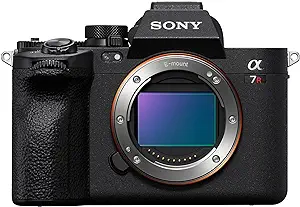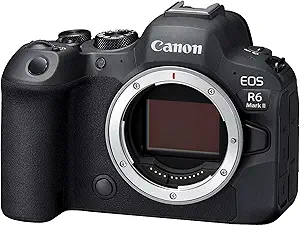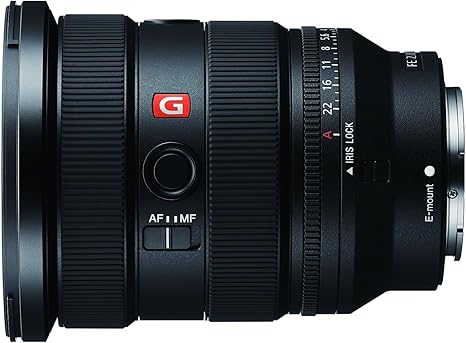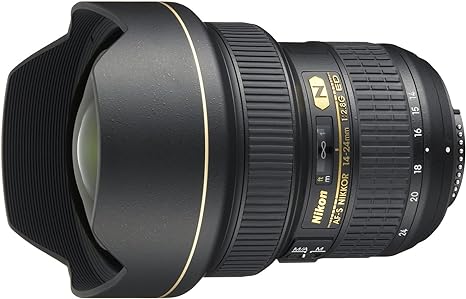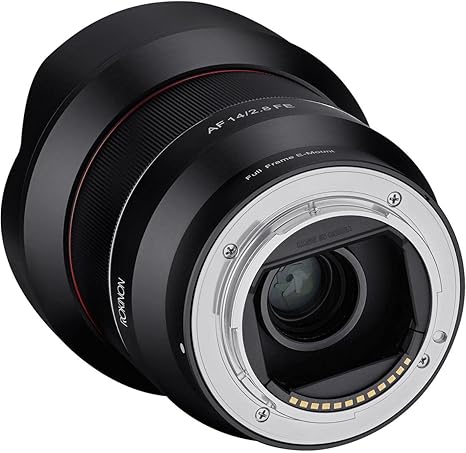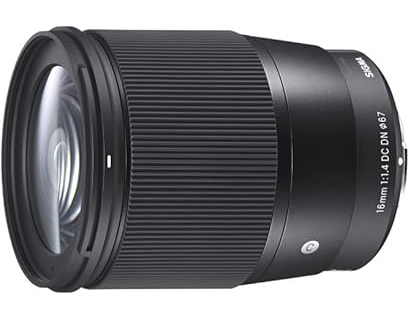What is the best white balance settings for northern lights photography
Choosing the best white balance settings for Northern Lights photography depends on various factors, including the color temperature of the auroras, the overall lighting conditions, and your artistic preferences. Here are some recommended white balance settings and considerations for capturing the vivid and unique colors of the Northern Lights:
Daylight (around 5500K):
The “Daylight” white balance setting is a good starting point for many Northern Lights scenes. It tends to preserve the natural colors of the auroras, especially the greens and blues. However, the color temperature can vary, so you may need to fine-tune the white balance based on your specific shooting conditions.
Auto White Balance (AWB):
While AWB can be convenient, it may not always accurately capture the unique colors of the Northern Lights. The camera might try to neutralize the cool tones, potentially altering the colors of the auroras. Use AWB as a starting point, but be prepared to make manual adjustments.
Custom White Balance:
If you have a neutral reference object, such as a gray card, you can set a custom white balance based on the actual lighting conditions. This method allows for precise color calibration and is especially useful when the auroras exhibit specific color temperatures.
Kelvin Temperature Adjustment:
Manually adjusting the white balance using the Kelvin temperature scale provides precise control. Experiment with different Kelvin values in the cooler temperature range (e.g., 3000K to 5000K) to enhance the distinctive colors of the Northern Lights.
Daylight or Cloudy Presets:
Using presets like “Daylight” or “Cloudy” can be effective, as these settings are designed for outdoor shooting and are less likely to neutralize the cool tones of the auroras. They can help maintain the natural color balance in Northern Lights scenes.
Monitor and Adjust:
Regularly monitor the colors on your camera’s LCD screen and make adjustments as needed. The intensity and color temperature of the Northern Lights can change rapidly, and being attentive to the live preview can help you adapt to evolving conditions.
Consistency Across Shots:
Maintain consistency in white balance settings across a series of shots, especially if you plan to create a cohesive collection of Northern Lights photos. Consistent white balance contributes to a unified and visually pleasing set of images.
Post-Processing Refinement:
In post-processing, you can further refine the white balance to achieve the desired color accuracy. Editing software allows for adjustments to color temperature and tint, providing flexibility in enhancing the vibrancy of the auroras.
Conclusion
Ultimately, the best white balance settings for Northern Lights photography may vary based on the specific conditions you encounter and your artistic preferences. Experiment with different settings, monitor the results on your camera’s LCD screen, and be prepared to make manual adjustments to capture the stunning and varied colors of the auroras.
